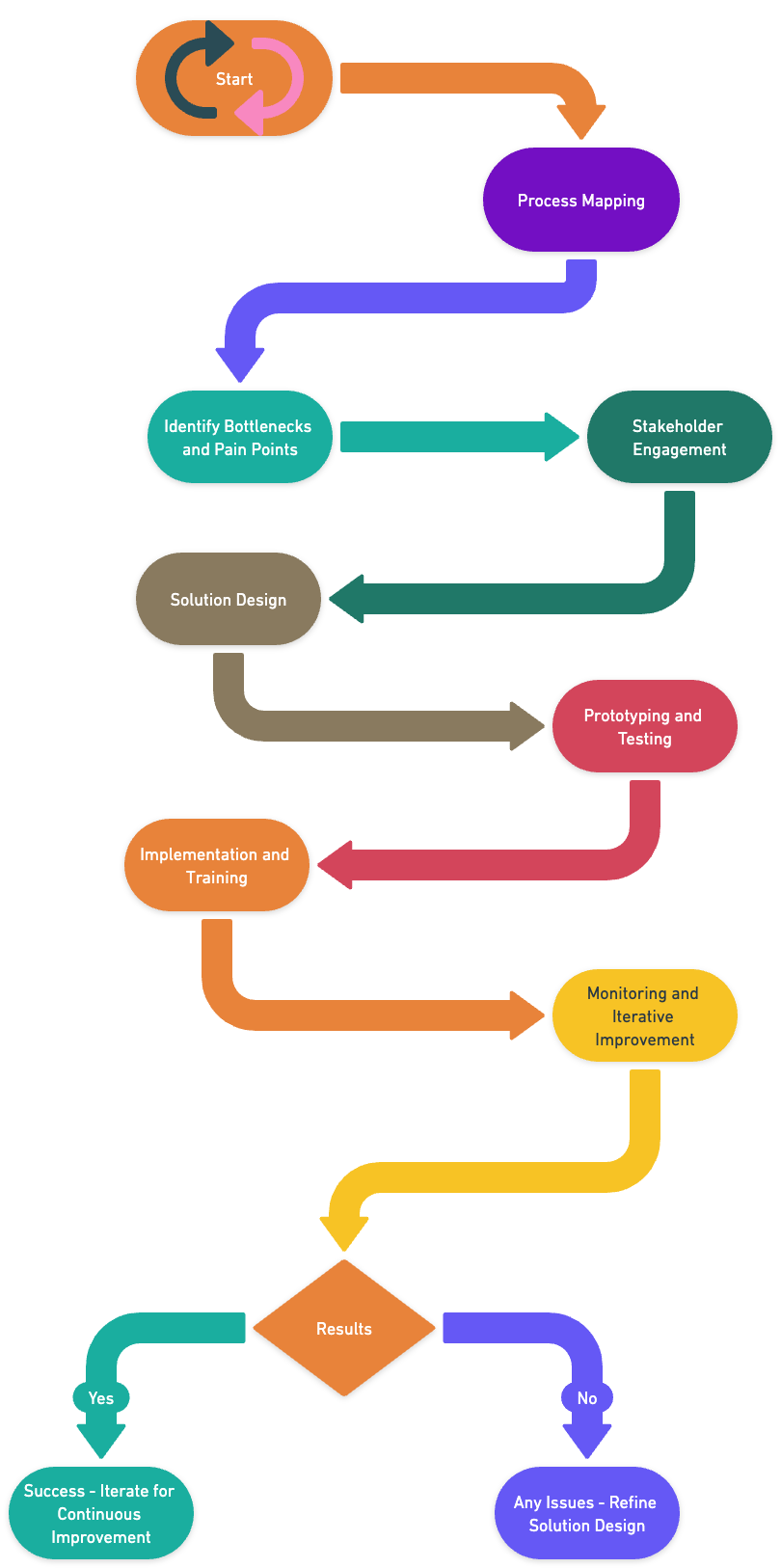As a Business Analyst ,Can you explain a complex business process that you have analyzed and improved? What was your approach?
- Purpose of Asking this question : Checks understanding of process improvement methodologies.
- Hypothetical:Take a hypothetical Business Analyst (BA) who improved a complex business process. This example shows how a BA might handle such a sit
 uation.In your case , consider real business case based on your experience.
uation.In your case , consider real business case based on your experience. - Scenario: Enhancing Customer Onboarding for a Software Company.
- Initial Challenge:Customer onboarding was difficult for the software company. The confusing and time-consuming process increased drop-offs and delayed product adoption for new customers. Customers and the company’s support team had to work through several manual steps.
- Objective :Our objective is to improve customer satisfaction and reduce time to value for new customers by streamlining the onboarding process to make it more efficient, user-friendly, and scalable.
- Approach:
- Process Mapping :The BA started by mapping the onboarding process from signup to active use. Included account setup, software installation, initial training, and configuration settings.
- Find bottlenecks and pain points: A Complex software setup, unclear guidance for new users, and support delays were identified as bottlenecks. One should also collected customer feedback to understand their frustrations.
- Engagement of Stakeholders: Stakeholders within the company like Sales, Customer Support, and the Product Team were interviewed and workshopped to identify onboarding challenges and suggest solutions.
- Data Analysis: Determined the impact of bottlenecks on customer satisfaction and operational efficiency by analysing step times, customer dropout rates, and feedback.
- Solution Design: Designed a new onboarding process with digital document submission and verification, automated internal communication workflows, and a simplified client information form. A customer portal provided real-time status updates.
- Prototype Testing: Created a new process prototype and tested it with a small group of new clients to assess ease of use and satisfaction.
- Implementation: Trained staff on new tools and procedures to implement the improved process across the organisation.
- Monitoring and Iteration: Tracked onboarding time, customer satisfaction, and dropout rates to evaluate the new onboarding process. Performed continuous improvement with feedback.
Results: The improved onboarding process reduced customer drop-offs and accelerated time to value, according to new users. Onboarding went smoothly, customer satisfaction increased. The Customer Support saw fewer onboarding questions. Customer needs and technology prompted iteration.
